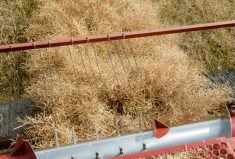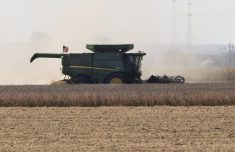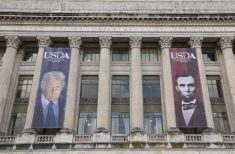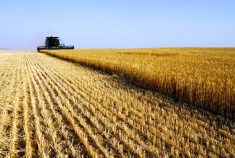Staff at XL Foods did nothing wrong in their efforts to control E. coli contamination, says a Canadian Food Inspection Agency official.
Inspectors checked carcasses to make sure they were clean and ensured decontamination steps were followed and working properly. These include five or six procedures like steam pasteurization and organic acid washes of carcasses, said Richard Arsenault Oct. 3.
“There was no smoking gun,” he said.
Nevertheless, E. coli 0157: H7 showed up in trimmed products further down the processing line at the end of August.
Read Also
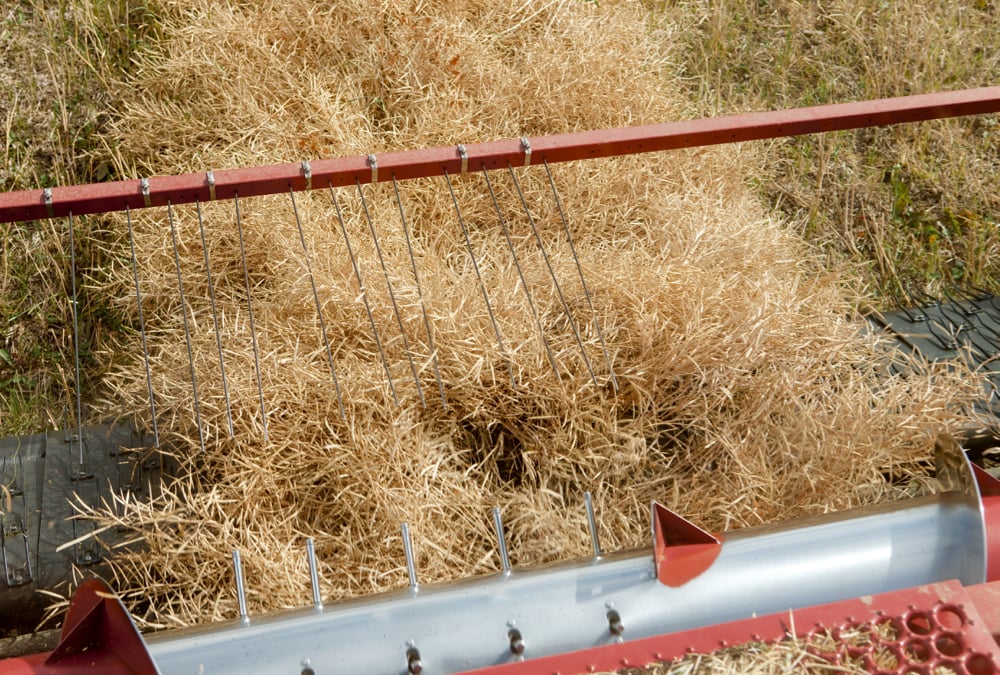
Alberta harvest wrapping up: report
Harvest operations advanced to 96 per cent complete in Alberta as of Oct. 7, with only a few late-seeded cereal and canola fields remaining, according to the latest provincial crop report.
“It is not that somebody did anything wrong, it is that we are finding ways to do it even better,” he said.
The plant has been closed since Sept. 27 and will not reopen until written confirmation from CFIA to the federal minister of agriculture provides assurances Canadians are no longer at risk.
“We are not going to be doing anything in this specific plant until we have all the corrective measures in place,” he said.
“We are reasonably comfortable they are going in the right direction but we won’t know for sure until we get to the end of this process,” he said.
CFIA president George Da Pont said lessons learned from this episode may force stronger sanitation regulations for all plants in the future.
He defended the work that has been done to prevent contamination saying no system is 100 percent effective.
“No system that has been designed so far has ever proven to be perfect and I think in this case the system of detection worked very well,” he said.
The first evidence of contamination showed up Sept. 4 when Canadian and United States officials detected the bacteria in trim destined for further processing. It was returned to the plant at Brooks, Alta.
The agency asked the company for production and testing information on the affected lots on Sept. 6 and staff at the plant started to examine points in the production line to discover what went wrong.
“There was a delay in getting it and in fact that is one of the provisions that we have put in the new Safe Food for Canadians Act,” he said.
At this time they have limited authority to compel companies to provide full information immediately.
So far about 1,500 products have been recalled making it the largest in Canadian history.
E. coli are part of a large family of bacteria but six pathogenic strains may sicken or kill humans, said Andrew Potter of the Veterinary Infectious Diseases Organization in Saskatoon. He was part of a team that developed a vaccine to control E. coli 0157: H7 in cattle.
E. coli are naturally occurring bacteria found everywhere although the 0157 strain has been found in the guts of ruminants and wildlife. It does not harm them but when the cells enter the human gut and release a toxin under certain conditions, it can be deadly.
It does not matter if the animals were raised organically or in more conventional settings.
Anywhere from 10-100 bacteria can cause disease or death. The very young or elderly are most susceptible.





